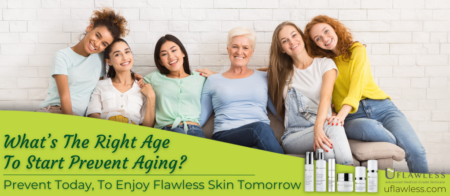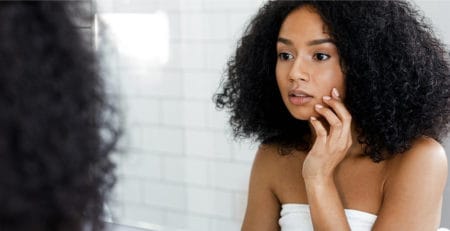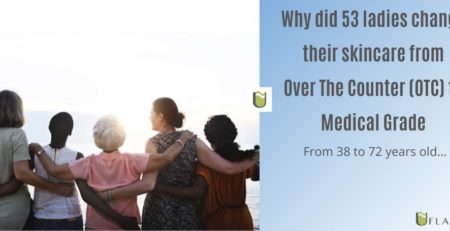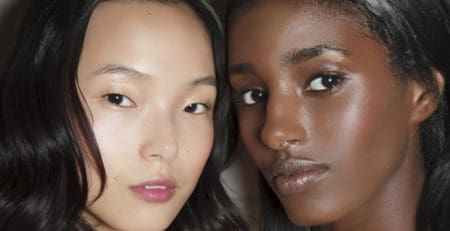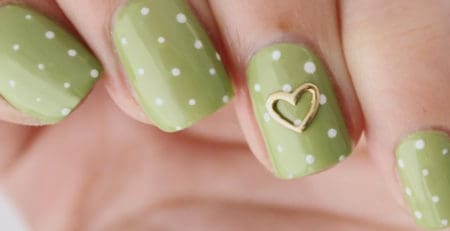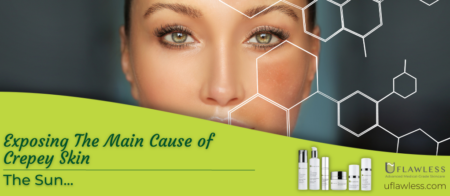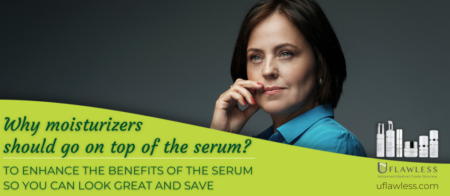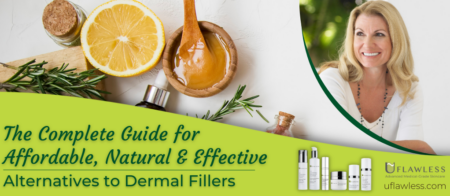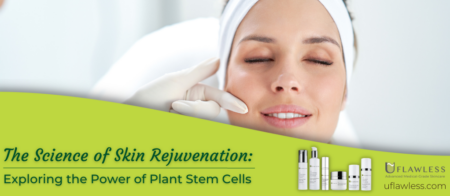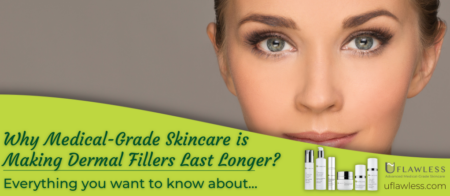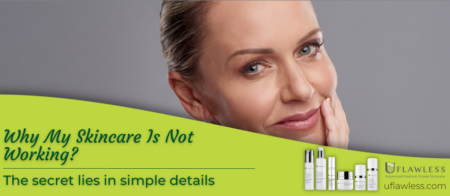Looking Pale and In Need Of Sun, What Should I Do?
This is how my conversation with one of my friends from Oregon, just started. She lived in Miami since childhood and grew up till her 30’s exposed to a lot of sun. Looking pale and in need of sun.
Typical South Florida resident, boater, sunbather, always tan, gorgeous tan, so probably missing a lot her tan.
On the other hand, large freckles, on the back in her twenties, which is never a good sign. Means overexposure to the sun’s ultraviolet rays at an early age.
There’s no doubt that a tan skin looks much healthier than a milky, pale one. It’s naturally more attractive, and nobody can deny that the sun is life. So what can we do to maneuver this situation with good ease?
Studies show every time that we shouldn’t shield ourselves from the sun at all times.
A group of board-certified dermatologists speculates that because of rampant, widespread sunscreen use, many of us are not producing enough natural vitamin-D to ensure healthy bones.
Further, the same board-certified derms, caution we don’t have well established guidelines for Vitamin-D replacement.
The observations have persuaded some people to at least consider spending time outdoors without any sunscreen.
How opinions divide?
Indeed, more than 95% of skin cancers come from excessive sun exposure. And the damage from the sun is more than unhealthy. It’s unsightly.
If there’s any doubt, just compare the parts of the body exposed to the sun. Parts like face chest, and shoulders, compared to unexposed ones, like the pelvis, internal portion of the leg.
By the time people get to their fifties, the buttocks probably look decades younger than the rest of the other skin parts. Unless for those who have been nude sunbathing or very diligent about safeguarding the skin from the sun! :-)
What’s the Big Advice For Sun Exposure and Being Healthy
Enjoy the sun but protect the skin. The best way to adequately protect the skin from age spots, skin cancer, wrinkles is definitely to use sunscreen in all exposed areas.
The trick is to find the sunscreen that truly blocks the sun.
How could we get more specific than an SPF?
But these ratings have a severe flaw: They are determined by a laboratory test that measures protection against UVB rays.
Most dermatologists agree that the rise in melanomas, not mentioning skin discolorations and skin aging, is the direct result of exposure to UVA rays. The most harmful in the UV spectrum.
Unfortunately, we still don’t have a good reliable test for UVA protection. So it’s not the thing os going out and just buy the 15 SPF or 70 SPF that guarantees we are fully protected.
The best way to assure full protection from the sun is to follow derms suggestions and basic protocol.
Meaning that when going out for the sun, in a picnic, boating, beach, slather the skin with a waterproof sunscreen that will shield the skin from UVA rays.
Sunscreens containing zinc oxide, titanium oxide, has the filter strong enough to block UVA.
With sunscreens, as with all skincare products, reading the label is critical. It’s a bit easier here, though, since sunscreens are classified as Over The Counter (OTC) drugs and therefore must follow a strict labeling format established by the FDA.
The sun protection agent, the active ingredients, always appear first in the ingredient list.
For those who are extra-sensitive to the sun os spends most of the days outdoors, the best thing to do is to search for laundry treatment for clothes.
Yes, there are some few products that people add on a load of laundry and make clothes sun protective. Up to 30 SPF for 20 washes… worthwhile.
What about Self-Tanners. Are They A Good Option To Tan Without the Sun?
The self-tanners currently in the market had come a long way since when they started.
They contain dihydroxyacetone, an ingredient that combines with dead skin cells of the outermost layer of the skin, giving the skin a harmless but attractive hue. Usually, a single application is enough.
Many of younger people who otherwise see no need for a skin care routine is crazy for a Jergens product or Natural Glow, a moisturizer that contains a very small amount of dihydroxyacetone.
Many moms who worry about their teen’s tanning now and playing later night consider Natural Glow as an alternative. It’s available in both face and body lotions.
If you are wondering whether you should try a self-tanner, slip on a favorite skirt or pair of shorts. How do your legs look? Would they look better with a color touch?
Some people said that using self-tanner makes their legs appear slimmer and shapelier just as wearing 2-inch heels, but tanner is much more comfortable.
It works for many people…
What about Tanning Beds? Are They Good Or Bad?
Well, this subject looks very controversial. In one side, you have the tanning beds experts, advocating that they are not only safe but good for the health as they can help the skin produce Vitamin-D, as the natural sunlight and UV rays do.
On the other hand, we have dermatologists that say the opposite, that studies are showing, though not concretely proved that they’re not safe and increased melanoma cases, were registered by tanning beds.
The reality of the matter is that exposure to UV rays, of any kind, is risky for the skin. Though people and experts discuss this subject, the best way to act directly is preventing from UV rays.
There’s no doubt that sun exposure is healthy, but we have to bear in mind that there’s a specific time of the day for that and for a limited time as well.
There’s a huge difference between being exposed to the sun at noon and 7AM. Early mornings the combination of solar light and UV rays are mild and healthy for the skin.
So during the summer from sunrise to 9AM during summer for 15 minutes is more than enough for a healthy daily dose of Vitamin-D and from 5PM to sunset.
And during the winter from sunrise to 10AM and 4PM to sunset are the best hours. Attention though for the high latitudes (up north states) where the sunlight conditions, specially during the winter are different.
Besides that, if one of the concerns is Vitamin-D intake, a good doctor can prescribe a vitamin-D supplement, after an interview and diagnoses of needing it.
Stay safe, be well and be UFlawless!



